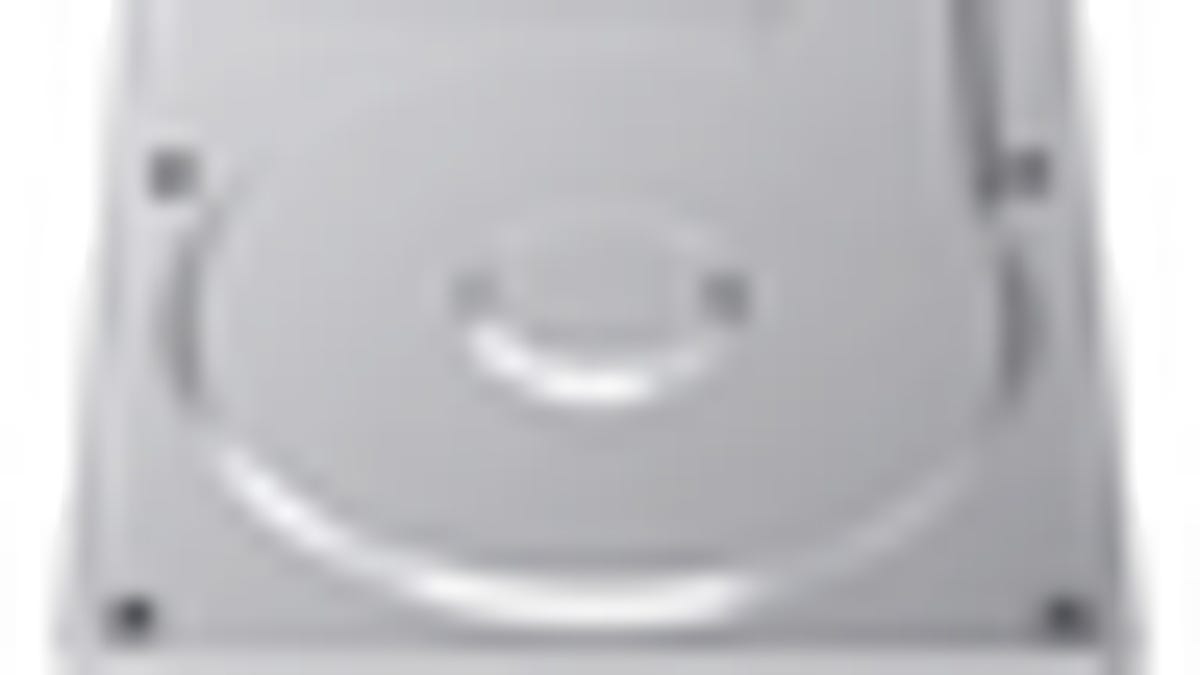OS installation problems? Check boot drive partition scheme
Sometimes installing OS X may result in odd behavior if the partition scheme on the drive is not set up properly. If you are experiencing problems, a simple repartition during setup may be an easy fix.

Sometimes people may have issues either with installing OS X where the installer may not show the drive as a valid installation source, or in the case of cloning from a previous boot drive the system will not boot. This likely happens in cases where people have acquired a system second-hand, or are reconfiguring a system that has had multiple drives and partitions on it, but can also happen if a current system has crashed to the point where the OS needs to be reinstalled.
While people might try using Disk Utility to format the hard drive to the recommended "Mac OS Extended (Journaled)" format for use with OS X, this is only part of the setup. In addition to the formatting, the partition scheme for managing the volumes on the drive will also need to be correct for the OS X boot drive. Therefore, when setting up a drive for installation, be sure to rewrite the partition tables by setting up a new partition scheme for it, instead of merely formatting it.
To do this, in Disk Utility select the drive device (above the list of volumes on the drive) and you will see a Partition tab appear in the main window. Select this tab and you will see a graphical representation of the drive with options for resizing, creating, and removing partitions, along with setting the format for each.
In this window, click the menu below Volume Scheme, which by default will read "current," and choose 1 Partition. Then click the Options button below the drive representation and you will be presented with the options for MBR (Master Boot Record), APM (Apple Partition Map), and GUID partitioning schemes for the system. On Intel-based systems you should use the GUID partitioning scheme, and on older PowerPC systems you should use the APM scheme. For drives you plan on booting in Windows, you will need to use either the GUID or MBR partitioning schemes.
Keep in mind that merely clicking the plus button to add partitions is not the same as choosing the number of partitions from the menu and setting the type of partition table with the Options button. You will need to specify the partition scheme in the Options to have it changed.
With the partition type set, click OK and then click Apply in the main Disk Utility window to create the new partition table and volumes you designated. By choosing 1 Partition you set the whole drive to be used for one volume, but you can set as many volumes as you would like and resize them according to your preferences before applying the changes.
Once this is done, the volumes on the drive should be properly formatted, and you should be able to proceed with the OS installation, or cloned migration from another system.
Questions? Comments? Have a fix? Post them below or e-mail us!
Be sure to check us out on Twitter and the CNET Mac forums.

